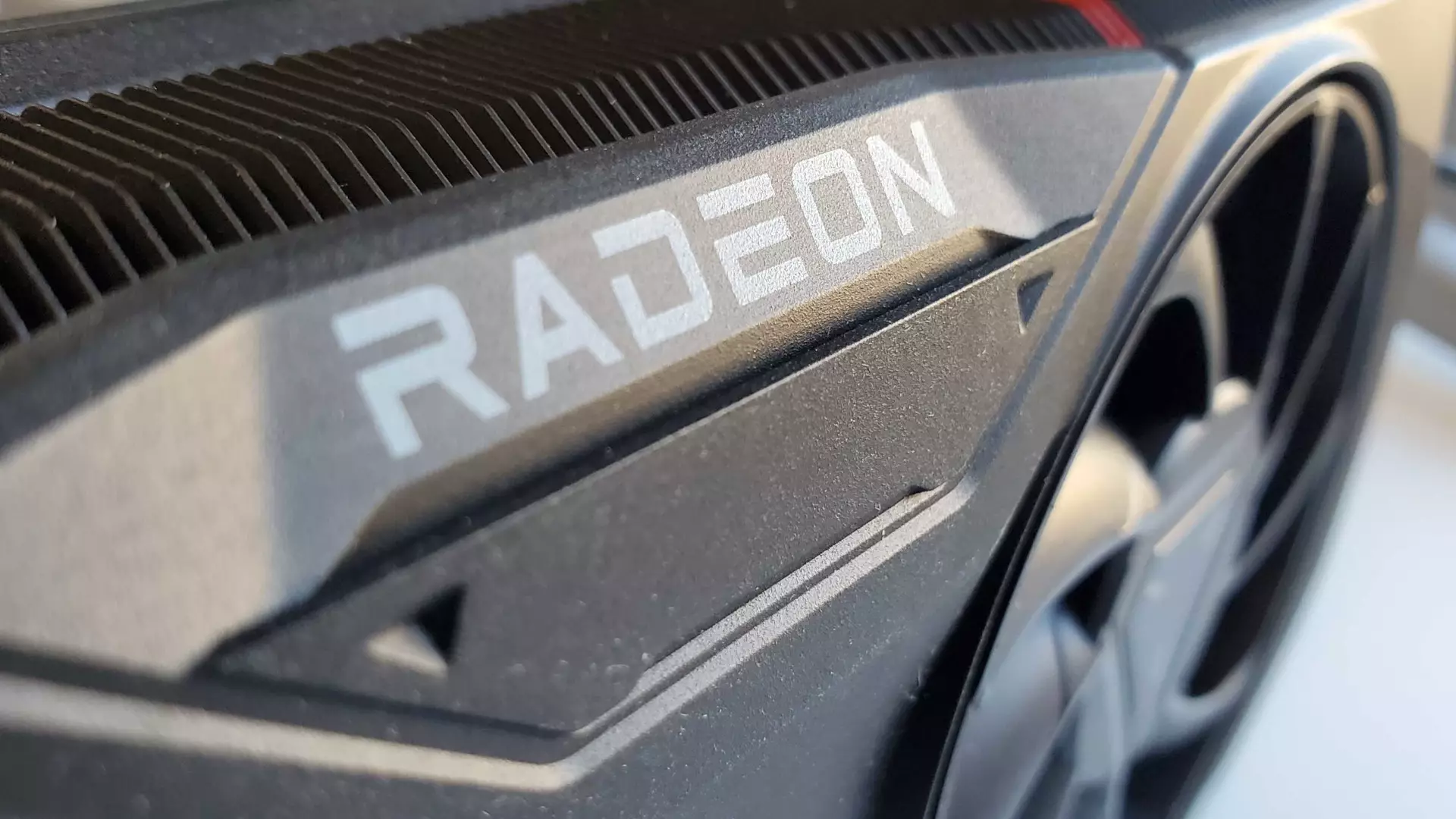In a world where gaming continues to evolve at a breakneck pace, AMD’s Chief Architect of Gaming Solutions, Frank Azor, recently stirred up a significant conversation regarding the relevance of 8GB VRAM GPUs in today’s market. As he pointed out in a bold assertion on X (formerly Twitter), the prevailing sentiment among most gamers remains anchored to 1080p resolution. For those engaged primarily in esports or less graphically intensive titles, an 8GB graphics card is entirely adequate. This ongoing preference doesn’t merely symbolize a limitation of technology but reflects the needs and habits of the gaming community.
Analyzing the current landscape, statistics from the Steam Hardware Survey are quite revealing: over half of gamers—55.27%—are still utilizing 1080p monitors. It’s important to note that these figures emphasize a significant trend in gaming demographics. Many players are not in pursuit of the latest graphical finesse but are instead seeking accessible and cost-effective solutions. The enduring popularity of older graphics cards, such as the GTX 1650, is a testament to this reality rather than an outright flashback to a less advanced era of gaming.
The Financial Constraints of the Gaming Community
In light of skyrocketing prices in the GPU market, the demand for budget-friendly options is more urgent than ever. The latest lineup features a promising contender—the RX 9060 XT, priced at $299 with 8GB of VRAM. Unlike its competitors that boast prices exceeding $379 for equivalent or lesser performance, the RX 9060 XT offers a formidable alternative for budget-conscious gamers. This could potentially help to revitalize PC gaming by lowering financial barriers and encouraging a wider audience to embrace the hobby.
The phenomenon of “priced out” gamers, primarily those aiming for casual play or looking to dabble in indie gaming, cannot be ignored. While titles like Fortnite and Minecraft are relatively undemanding, they continue to capture significant market shares and player engagement. Gamers need affordable entry points to join the evolving gaming ecosystem—such as the RX 9060 XT—without the burden of breaking the bank.
Navigating the GPU Market: The Divide Between Options
In the current paradigm, there’s a glaring disconnect between the high-end and budget GPU options. Nvidia’s market presence, with its ridiculed pricing of 30, 40, and even future 5090 cards, often leaves budget-conscious enthusiasts in distress. High-end GPUs cater predominantly to those who can afford advanced gaming setups, while the lower tier often receives neglected older models that fail to meet contemporary requirements. The notion that higher price tags automatically equate to better gaming experiences has created a significant misalignment for most players.
Compounded by the high cost of living and economic uncertainties, many gamers are left to ponder their options. Should they invest heavily in hardware that outstrips their gaming needs? Offering robust GPUs like the RX 9060 XT is key to fostering a balanced market, ensuring that players can enjoy a diverse range of experiences—from high-quality indie games to long-running esports titles—without undue financial pressure.
The Upsurge of Independent and Esports Gaming
While big budget blockbuster games grab headlines, the indie gaming scene acts as a robust engine propelling the market forward. Titles like “Schedule One,” “REPO,” and others that combine unique gameplay mechanics and engaging narratives are driving interest among gamers. This shift indicates a movement toward experiences that prioritize creativity and accessibility over raw graphical power.
Competitive gaming—another critical component of today’s gaming fabric—continues to thrive. With many esports titles thriving on less demanding systems, AMD’s assertion regarding 8GB VRAM proves to be strategically aligned with current trends. Gamers want reliable performance that blends seamlessly with their existing setups. Thus, the decision to produce targeted GPUs rooted in usability and performance at accessible price points could redefine how mid-tier gamers perceive and engage in the gaming culture.
The upcoming years in gaming will undoubtedly revolve around maximizing player experience rather than merely boasting cutting-edge specifications. By recognizing the prevalent usage conditions, companies like AMD are advancing a philosophy that champions practical gaming solutions over luxurious enhancements. Empowering gamers to make choices that suit their play styles and budgets could solidify a much-needed balance in an industry increasingly dominated by high-stakes performance.

